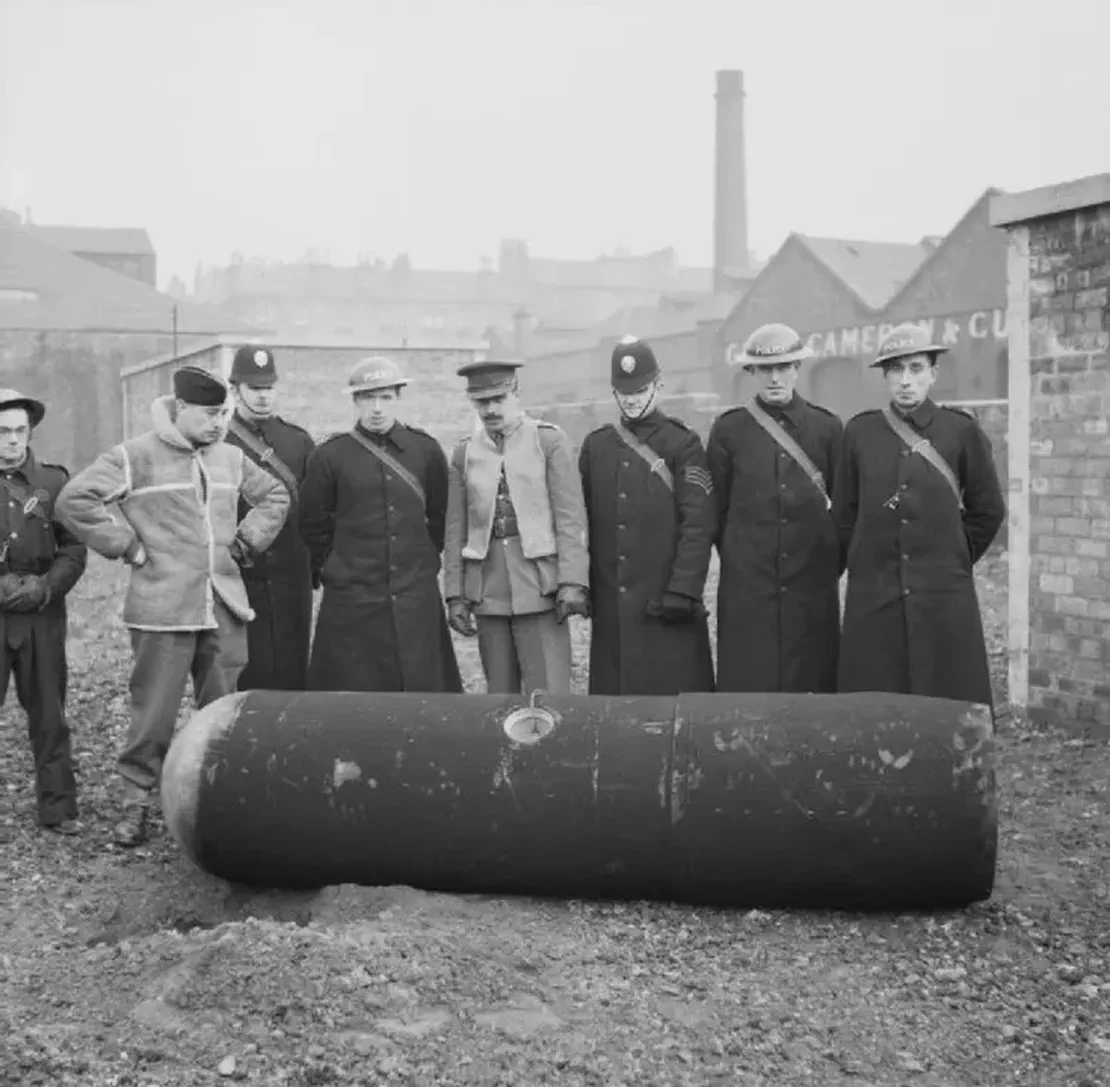- /
- Celtic calendar /
- 3rd /
- March 13 /
- March 13, 1937

The Blitz of Clydebank was a devastating Luftwaffe air raid on the town of Clydebank, near Glasgow, Scotland. It occurred over two nights, on March 13th and 14th, 1941, during World War II. Clydebank was a significant target due to its industrial importance; the town was home to shipbuilding yards (including John Brown & Company, which built many famous ships such as the RMS Queen Mary, RMS Queen Elizabeth, and the Royal Navy’s HMS Hood) and the Singer Sewing Machine Factory, which at the time was converted to produce munitions.
The Luftwaffe launched around 260 bombers on the first night and 200 on the second night, aiming to destroy the shipbuilding capabilities and the town’s infrastructure. The raids caused catastrophic damage: over 1,200 bombs were dropped, resulting in the death of approximately 528 people, and leaving thousands injured. Out of the town’s 12,000 houses, only seven remained undamaged, leaving over 35,000 people homeless.
The Clydebank Blitz stands as one of the most destructive air raids on Scotland during WWII. Despite the severe destruction, the shipyards and factories were relatively quick to resume their operations, showcasing the resilience of the workers and the critical importance of Clydebank’s industrial output to the British war effort. The community’s spirit in the face of such adversity became a symbol of the broader British resolve during the war.
The Clydebank Blitz is remembered for both the tragic loss of life and the remarkable resilience shown by its survivors. Annual remembrance events honor those who lost their lives and highlight the community’s strength in rebuilding in the aftermath.